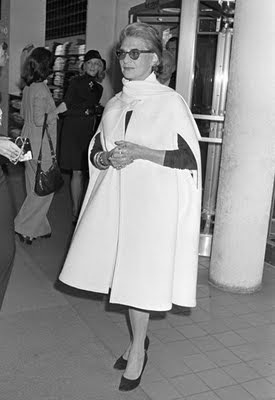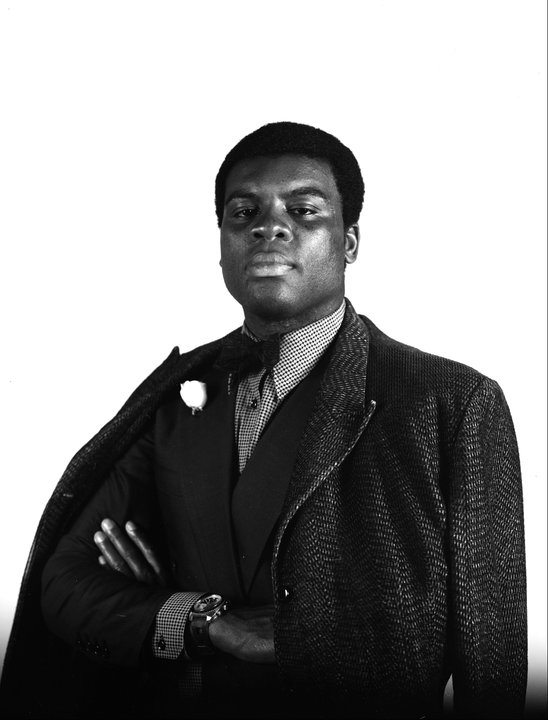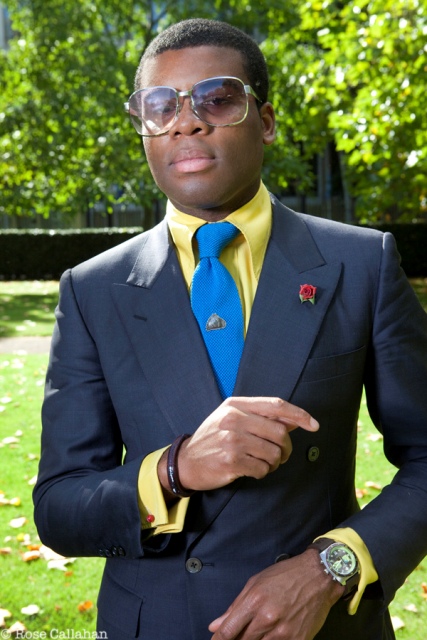Danielle Meder invited me on Thursday to attend an art exhibition launch within the East Bowel of London with her; specifically the Robert Crumb-esque cheek and Golden Age of Animation-stylings of French illustrator McBess, which is presented under the title The Folding Knife and housed at hip young person's - and, as it turned out, hip young family - venue, The Book Club
This August, highly regarded French illustrator, McBess (aka Matthieu Bessudo) will be exhibiting previously unseen canvas work, prints and 3D objects at The Book Club. His fascinatingly intricate work provides snapshots of his own experiences and is a contemplative diary of illustrative creations. The Folding Knife contemplates both current and childhood memories from which the title of the exhibition was born. A folding knife was a childhood keepsake of Matthieu’s and also reflects the detailed nature of his work. Don’t Panic commented on McBess ‘he’s so wonderfully French that he can make what would otherwise be freaky cartoon porn seem lovely and whimsical’.A collection of his art from the last three years will be published this July by Nobrow and The Book Club will be lucky enough to have the original cover design adorning the walls. Having shown previously at galleries across the globe such as Issue in Paris and Nucleus in LA as well as having his art on the cover of Design Week this month, this French gentleman certainly has an exciting buzz around him.
Whilst the venue cleverly stiffed Danielle on her previously advertised complimentary drink by way of a vital and missing horseshoe stamp - not too Draconian to require approval for a freebie on opening night, I'm sure - I found time to be photographed in my current heatwave mode and stood in front of a McBess piece for The Book Club's Flickr page:
Being introduced to the work of McBess for the first time, I found some of his tics redolent of other latter-day illustrators of a cartoonish, surrealist bent such as Kaws and Pete Fowler; always crafting worlds of humour, fantasy and neuroses in a way that suggests persistent trouble from waking dreams (which would not be so unusual to me - these clearly explain much of the work and unique humour of self-confessed sufferer Joe Kelly, co-creator of Ben 10 and Marvel/DC stalwart). Fun and gifted, he certainly is, but one suspects McBess, with his penchant for isometric layouts (which he shares in common with the talented and engaging pixel fiends, eBoy), music sideline and memorable creativity, is one hipster touchstone away from licensing collectible vinyl figurines made in his image(s). I am therefore unsurprised that Kidrobot already made an overture towards him; six years ago, I would likely have been first in line:
Dunny and Mega Munny figures by McBess, seen in the second photograph
'Gurato'
'The Perfect Saturday Afternoon'
'The Desk (My Desk)'
We had a decent perusal (at least when we were able to avoid the throng), an amusing moment involving those curvy hairpins that, according to a young fellow on a date that we encountered, are never far from a woman's head (including Danielle's) and it did indeed pique my interest to revisit it at a more opportune time. But in truth, this was all a prelude to our flight to Dalston an hour later to squeeze ourselves through two over packed dancefloors and indulge ourselves in the company of topless, dancing lesbians
The Folding Knife will conclude on the 18th September, 2011
The Folding Knife will conclude on the 18th September, 2011
























































